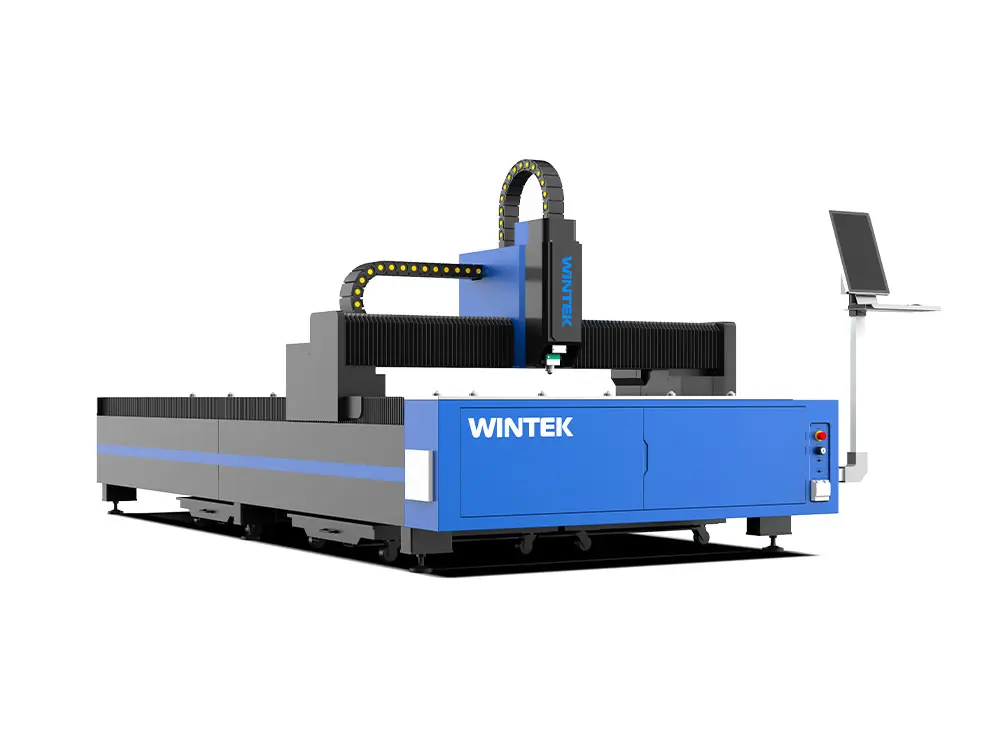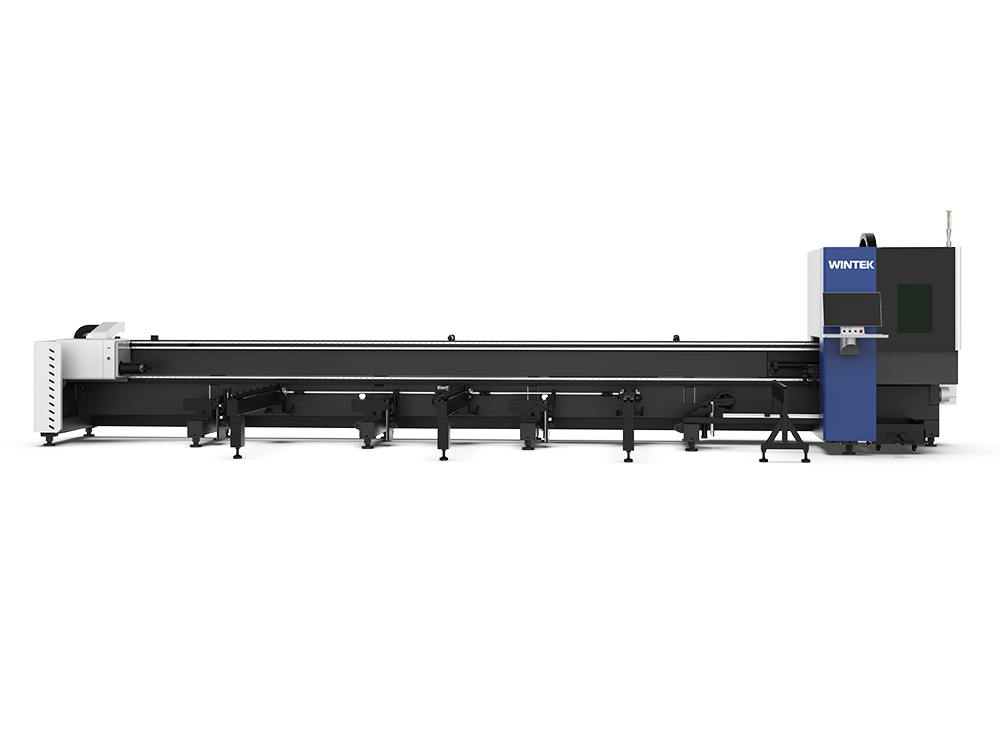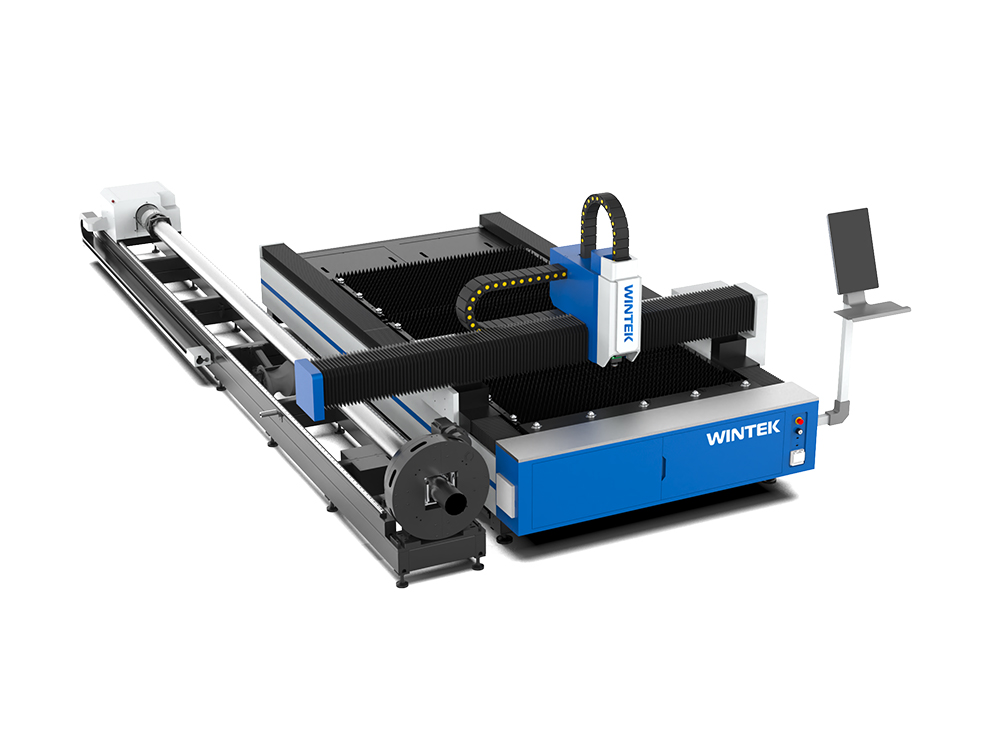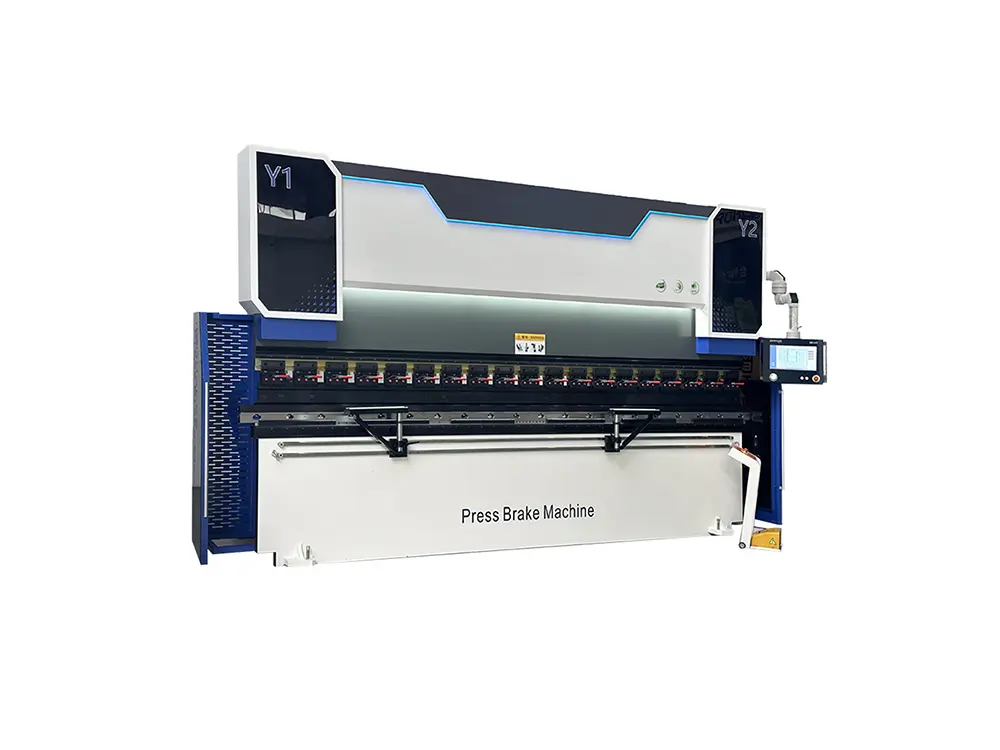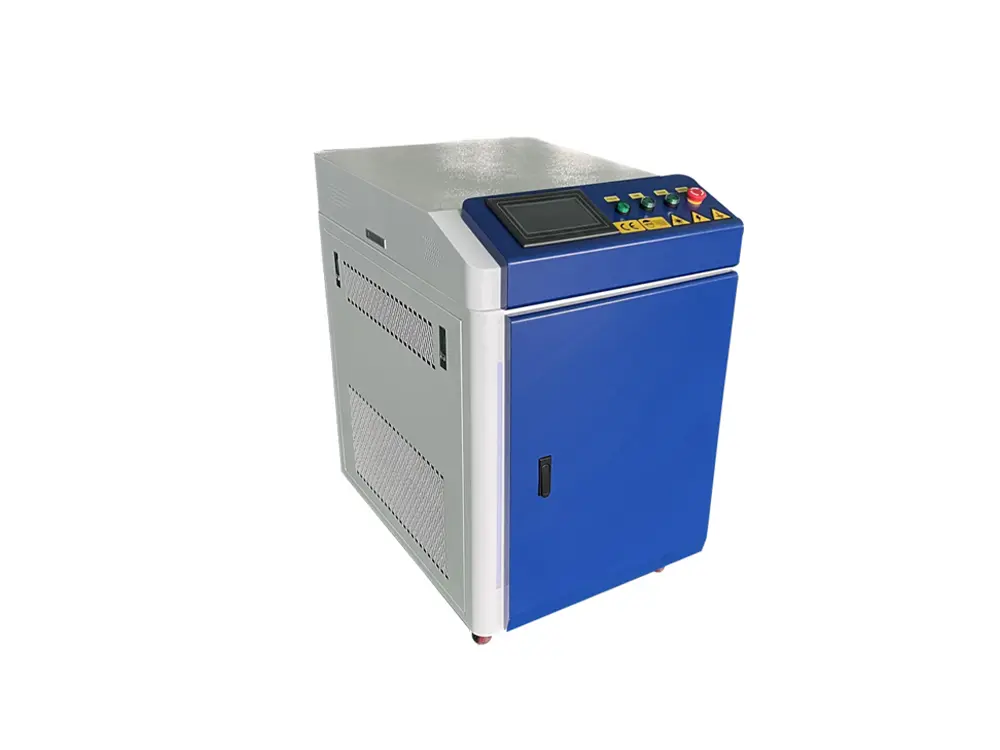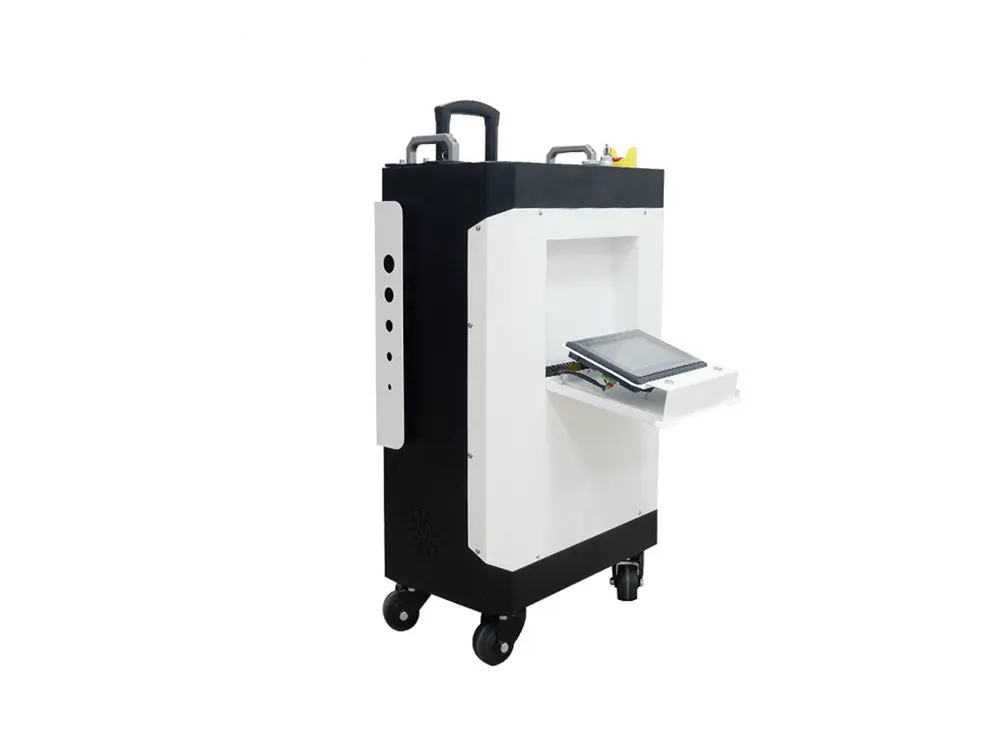With advancements in industrial cleaning technologies, laser cleaning machines have become the go-to tool for surface treatment due to their efficiency, eco-friendliness, and precision. Among these, continuous laser cleaning machines stand out for their steady and reliable laser output, making them ideal for large-scale and high-efficiency cleaning tasks. Proper operation of a continuous laser cleaning machine is crucial to ensure optimal cleaning results and extend the machine’s lifespan. This article provides a detailed guide on how to operate a continuous laser cleaning machine.
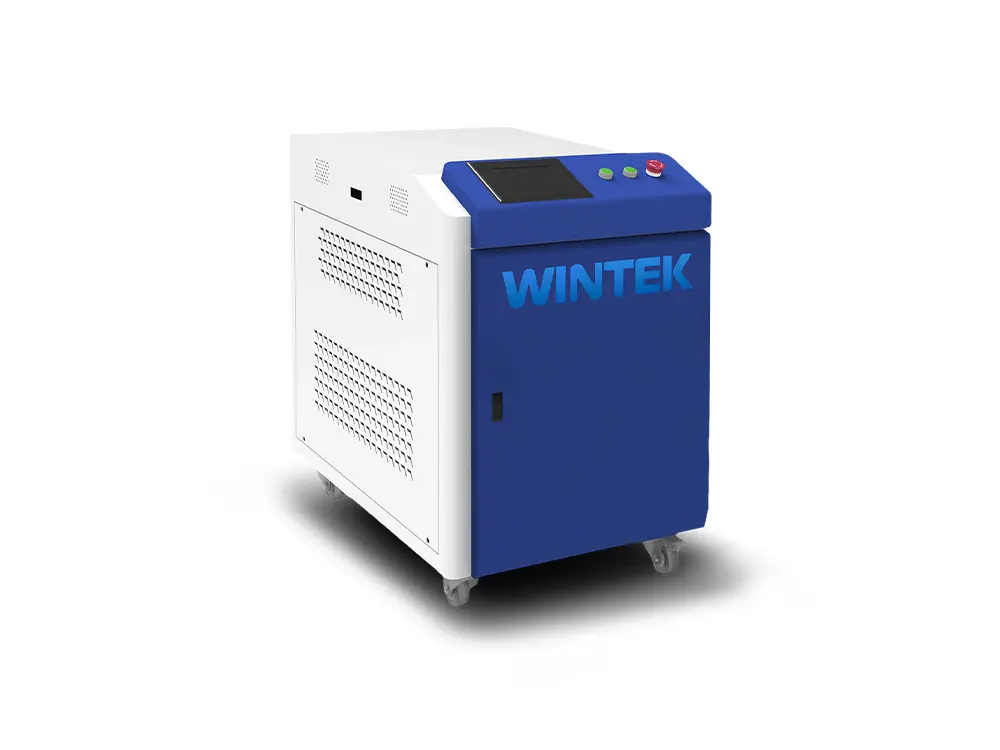
Preparations Before Operation
1. Inspect the Machine
- Ensure the machine is in good working condition. Check the power supply, cooling system, and laser emitter for any issues.
- Inspect optical components for dust or dirt that may affect laser output.
2. Identify the Cleaning Target
- Confirm the type of material and surface contaminants to be cleaned, and adjust the laser settings accordingly.
- Avoid using lasers directly on highly reflective or heat-sensitive materials.
3. Wear Protective Gear
- Operators must wear standard laser safety goggles to protect their eyes from laser exposure.
- Additional safety equipment, such as gloves and workwear, should be used to reduce operational risks.
4. Check the Environment
- Ensure the workspace is free of flammable materials to prevent fire hazards caused by the laser or heat.
- Provide adequate ventilation to remove smoke and dust generated during cleaning.
Starting and Setting Up the Machine
1. Powering On
- Follow the user manual to connect the power supply and start the main unit.
- Activate the cooling system (either water or air cooling) to keep the machine within a safe operating temperature range.
2. Configuring Parameters
- Set the laser power, frequency, and scanning speed according to the cleaning requirements.
- Adjust the focal distance to ensure the laser beam is focused on the target surface for optimal cleaning performance.
3. Test Run
- Perform a test run on a non-critical area or a sample piece to ensure the parameters are suitable.
- Fine-tune the settings based on test results to prevent damage to the base material.
During the Cleaning Process
1. Initiating Cleaning
- Aim the laser head at the target area, maintaining an appropriate angle and distance.
- Press the start button to begin the cleaning process. Keep your hand steady to ensure an even cleaning path.
2. Real-Time Adjustments
- Adjust the laser power or scanning speed as needed, based on the effectiveness of removing contaminants.
- For stubborn contaminants, slow down the movement or increase the laser power appropriately.
3. Monitoring
- Continuously monitor the cleaning area to avoid over-cleaning and potential damage to the base material.
- Observe the machine’s temperature and operational status, pausing immediately if abnormalities occur.
Post-Operation Tasks
1. Shutting Down the Machine
- Stop the laser output and turn off the cooling system.
- Power down the main unit following the sequence outlined in the user manual to avoid damage.
2. Cleaning the Machine
- Use a lint-free cloth to clean the laser head and optical components, keeping the machine in good condition.
- Check if the coolant or filters need replacement and perform regular maintenance.
3. Recording Operations
- Log the day’s cleaning tasks, including parameters, outcomes, and the machine’s condition.
- If any issues arise, contact a professional technician for repairs.
Operational Precautions
Prioritize Safety: Never operate the machine unsupervised. Ensure all operators are professionally trained and familiar with the machine’s features and procedures.
Appropriate Applications: Laser cleaning machines are suitable for removing rust, paint, and oxides from metal surfaces. Avoid using them on non-metallic materials.
Regular Maintenance: Regularly inspect the optical and cooling systems to ensure optimal performance. Replace consumable parts as recommended by the manufacturer to extend the machine’s lifespan.
Conclusion
Continuous laser cleaning machines, with their efficient, eco-friendly, and precise cleaning capabilities, are widely used in mold cleaning, metal de-rusting, and industrial maintenance. However, proper operation and maintenance are critical to ensuring performance and safety.
By following this detailed guide, you can effectively operate a continuous laser cleaning machine and achieve excellent cleaning results. For tailored advice or to explore advanced laser cleaning solutions, feel free to reach out to Wintek. Our team of experts is here to help you optimize your industrial cleaning processes.

